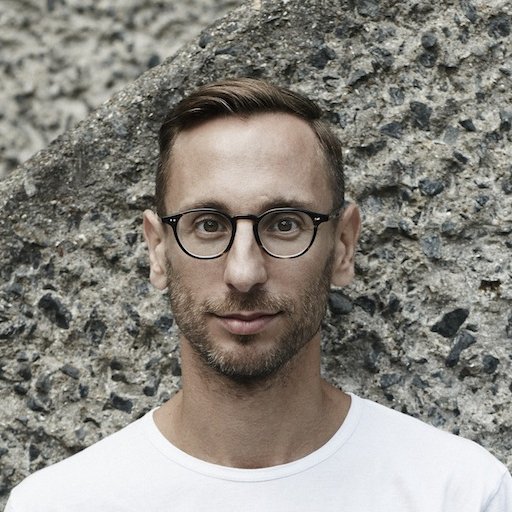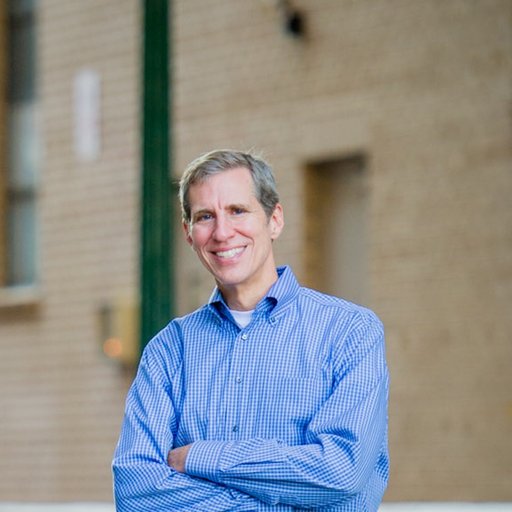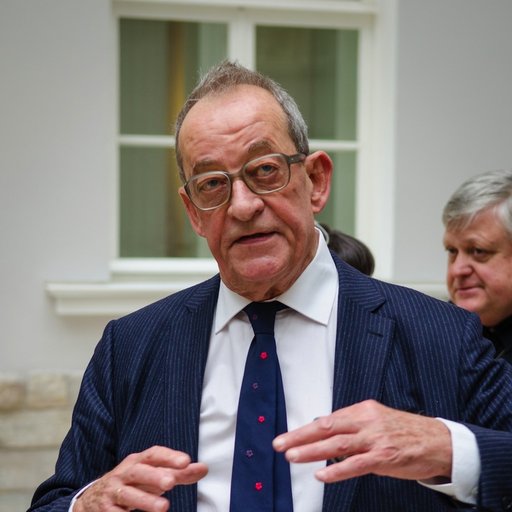Since the Frieze magazine co-founders Amanda Sharp and Matthew Slotover used their publication as a launching pad for the first Frieze Art Fair in London in 2003, the organization has expanded continually, first to encompass Frieze New York in 2012 and then Frieze Masters in London last year. Now, Sharp and Slotover have decided to step back from day-to-day operations to focus on building new additions to the Frieze empire, turning over the reins of all fairs to a dynamic successor: Victoria Siddall, previously the director of Frieze Masters, the innovative fair that brings together dealers of contemporary art with galleries showcasing historical pieces, from Old Masters to antiquities.
To find out what this means for the fairs, how older art fits into her vision, and what we can look forward to next, Artspace editor-in-chief Andrew M. Goldstein spoke to Siddall about what she has in store.
How and why did this change happen?
It’s something we’ve been talking about for a while because Matthew and Amanda are very entrepreneurial—they set up Frieze magazine straight out of university, they set up the Frieze art fair, they’ve been acting directors of Frieze London and Frieze New York, and now they want to begin looking for the future of Frieze. So to free up their time, the solution we upon to was for me to become director of all three fairs, because they believed that because I had the experience of starting Frieze Masters and being responsible for all aspects of it, it could work as a structure.
Some people spend an entire year putting together a single fair, so it’s daunting to imagine how one person could handle three. But while the fairs will be consolidated under one viewpoint, you’ll obviously have help. What will Frieze’s management look like now?
We’ve actually put in place a structure that means the fairs will be really well covered and end up faster and better. We’ll have an artistic director in London, which will be Jo Stella-Sawicka, who’s been working with us for three years already as deputy director of the contemporary fairs. We’re also recruiting an artistic director in New York for a completely new role that will be based there. We know how important it is to have somebody who is permanently there on the ground in New York, given that we have a New York fair and it’s an important city for us.
And what about Amanda and Matthew? What projects will they be transitioning to work on?
That’s really a good question! I don’t really have an answer for you, and they don’t know yet either, actually. This is a very exciting moment for Frieze in many ways, since this move gives them the kind of the time and headspace to really think about what could be next, and they’ve got lots of great ideas. Everything is a possibility at this point.
In terms of your new purview, are there any shifts in the fairs’ identities or presentations that we can look forward to?
It’s a little early to say, to be honest. I will say that I worked on the contemporary fair for seven years before I started on Frieze Masters, so I know that fair really well and I’m really excited to be working on it again. Frieze New York is the one I’ve been less involved with, although I have been on the board of Frieze during that time. It’s an incredible fair, a beautiful fair, and very well loved, with extraordinary galleries, architecture, and restaurants. So I’m excited to get to that.
One other thing I’m looking forward to doing is having a really thorough overview of all these fairs and being able to learn from each to benefit the others. It’s already started, because we’ve had a section at Frieze Masters called Spotlights, curated by Adriano Padrosa, that is a presentation of 20th-century artists from all over the world. There are some familiar names, but many of them will be discoveries for people, from Latin America, Eastern Europe, Asia, Africa, many of them female artists. And at Frieze Masters it has been so successful—we’ve had amazing reaction from curators and collectors and artists—so we’ve decided to do a version at Frieze New York in May next year, also curated by Adriano Padrosa. So, if we can see that something works really well in one place, we can adapt it to another fair—that’s the appeal of having this overview.
When Frieze Masters opened two years ago it was a very of-the-moment event, combining contemporary and classical art in a single setting in a way that has become increasingly voguish among curators—just look at the last Venice Biennale or dOCUMENTA, for example. Can we expect to see this approach bleed over into the New York fair?
Well, Spotlight is something like that, though it’s very much about 20th-century work. But there will be more historical material in Frieze New York, and we noticed that the galleries that brought that kind of work to Frieze New York last year found a huge demand for it. We know that people want to see more of that context. So, for example, the stand prize last year went to Cornelia Grassi of London’s grengrassi gallery, who had done a presentation of Japanese surrealism from the 1960s and ‘70s. It was just so exciting to see that kind of work. There’s absolute demand for it, and where that is the case then obviously we will adapt and grow and keep the fairs fresh and exciting for the people who visit.
Frieze Masters goes back farther to encompass antiquities and Old Masters, which is very interesting from a curatorial perspective, but does it also make sense from a market perspective? The common understanding is that it’s difficult to find the top-quality Old Masters remaining in private hands, which is in part why contemporary art has so vastly eclipsed the market value of what you see at auctions. Is it possible to still find great work and sell it from these older categories?
Absolutely, new work comes in all the time. Take antiquities—the work that you can still find in that area are just extraordinary and relatively not that expensive, actually. The fair has works this year including a 7,000-year-old Neolithic idol from Rupert Wace Ancient Art that is a tiny, exquisite piece, about 10 centimeters high. So you can find pieces ancient art for a few thousand pounds. For Old Masters, again, I think it’s the rarity that is the appeal. You do occasionally get incredible work that comes into the market by the best known artists, and while, to be realistic, you’re probably not going to find the very best Caravaggio on the market, you may discover amazing examples by lesser-known artists, such as gold-ground paintings that aren’t even attributed.
What are the heaviest-hitting Old Masters that will be on view this year?
Otto Naumann Ltd. is bringing a fantastic, important Rembrandt portrait to the fair, and that’s $48.5 million. Then there’s going to be a very early Rubens portrait with Salomon Lilian gallery. So on the Old Masters side you really can still find amazing works—they’re out there, and for people who are thinking about buying Old Masters for the first time, it’s often very surprising what they can buy. You can still buy a Rubens, and you can still buy a Brueghel, and you can still buy a Ribera. It’s very exciting, I think.
Both Amanda and Matthew interestingly come to the art market from an editorial background--which would seem unusual, but then again, so does Art Basel's Mark Spiegler. You, on the other hand, come from an auction background. What are the different skill sets that these experiences bring to the table?
Well, it’s true my first job was at Christie’s—I worked there straight out of university. But to be honest, most of my career has been at Frieze. I’ve been here for 10 years now, and I was at Christie’s for three years before that. So I feel I know a lot about what makes art fairs work now. But more importantly, it’s the way that Frieze does fairs that makes them feel a bit different and special, and that is about commissioning artists and other elements.
For example, instead of Frieze Masters having a regular catalogue for the fair, the Frieze magazine editorial team produces a Frieze Masters magazine do that once a year, with Jennifer Higgie putting together extraordinary articles looking at historical and contemporary art. The and then the talks program at Frieze Masters encapsulates the concept of the fair, with contemporary artists talking about historical art, allowing us to look at it through their eyes. So I don’t have an editorial background, but I do understand what makes the Frieze fairs interesting and what makes them special, and that’s something that I will obviously continue in all spheres, with that approach of working directly with artists and looking at what really makes an interesting and enlightening experience.
Auction houses, incidentally, are seen as the arch-rivals of art fairs, with both competing to access the best wares to take the biggest wallet share from the world's top collectors. How do you see that dynamic playing out, and how can you beat the auctions?
I think what the fairs do is allow galleries to show what they do to a huge audience. For many galleries, the appeal of Frieze Masters is not only that they’re showing to a huge audience of collectors in their field but also in other fields. So the Old Masters galleries at Frieze Masters get to show their works to collectors of Impressionist art, to collectors late-20th-century art, to collectors of ancient art—they’re all there, and they’re all looking at everything. So that’s really the opportunity: the quality of visitors. And we work all year round to ensure that museums and collectors are coming from all over the world, so it really gives us an incomparable platform that an auction house might not be able to achieve. And I think, ultimately, if a gallery is doing well at the fair they will continue to bring their best works. So it’s my job to make sure they do.
The art-fair landscape has become crowded, and next year you’ve pushed back Frieze New York a week so as not to overlap with the opening of the Venice Biennale. Luckily for you, Art Basel Hong Kong has moved to March now, going up against your rival New York fair, the Armory Show, which has to compete with TEFAF in Maastricht as well. How can the Frieze fairs ensure that they hold their own against its competitors, particularly the Art Basel empire?
One of the advantages we have in this is our locations in London and New York, which are arguably two of the most important art cities in the world. There are so many reasons for people to be in these cities at the time of the fairs, because the museums and galleries all program their most important shows to coincide with them. In London next week, Tate Modern has Sigmar Polke and Malevich and Richard Tuttle, there’s Walead Beshty at the Barbican, there’s Glenn Ligon at the Camden Arts Centre, and there’s Rembrandt at the National Gallery. It’s really an unmissable selection. Also, Marian Goodman is opening her new gallery in London with Gerhard Richter, Thomas Dane is showing Steve McQueen, Gagosian is doing Richard Serra. This kind of thing is beginning to happen in New York now as well, and it’s incredibly appealing times for collectors to visit these cities.
Also, there’s simply the flavor of the fair, the fact that we were the first to commission artists to make projects responding directly to the fair. This year at Frieze London we’ve instituted Live, a new section where we’re giving free space to galleries that want to present ambitious performance projects, so that will animate the fair and, again, is something unique to Frieze. You know, in the beginning, when Matthew and Amanda started the fair, the first person they hired was a curator, and we have great curators advising us on our young sections, we have curators working on our talks programs, and curators commissioning artists to make projects for the fair. I think that and the background of Frieze magazine says a lot about how we approach fairs and art generally.
























